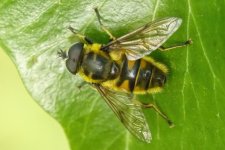MelospizaMelodiaFan
I photograph birds

I am mostly new to photography, but I have one community college course under my belt. I've always been interested in birds, just started photographing them a couple of years ago with a point and shoot Lumix FZ150 that I got second hand for under $100. I wasn't sure I'd keep taking bird photos, but I think I am hooked now. Link to my media.
Glancing through the gallery, I am envious of your shots, especially the BIFs. There is a lot to learn before I can get shots like that. I think the point and shoot FZ150 has enough settings to fiddle with to keep climbing the learning curve for the time being. In the next 6-12 months, I am thinking of upgrading to a MFT system for around $0.5-1K. I am wondering if in the time frame, a used G85 wil drop enough to make that happen, or I'll go with the G7. I think the 100-300 mm lens will do me just fine. Does that sound like a good plan? Also, do used camera prices drop after Christmas, after most people obtain new gear?
Thanks in advance.
Glancing through the gallery, I am envious of your shots, especially the BIFs. There is a lot to learn before I can get shots like that. I think the point and shoot FZ150 has enough settings to fiddle with to keep climbing the learning curve for the time being. In the next 6-12 months, I am thinking of upgrading to a MFT system for around $0.5-1K. I am wondering if in the time frame, a used G85 wil drop enough to make that happen, or I'll go with the G7. I think the 100-300 mm lens will do me just fine. Does that sound like a good plan? Also, do used camera prices drop after Christmas, after most people obtain new gear?
Thanks in advance.









